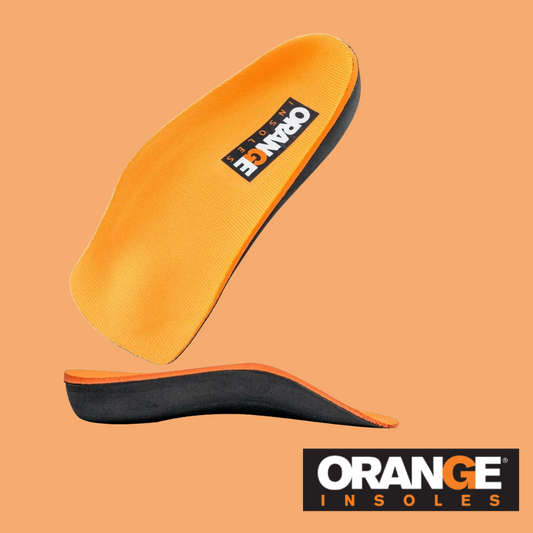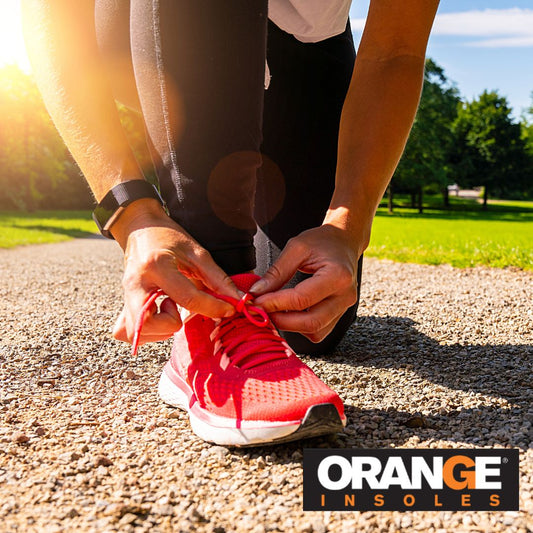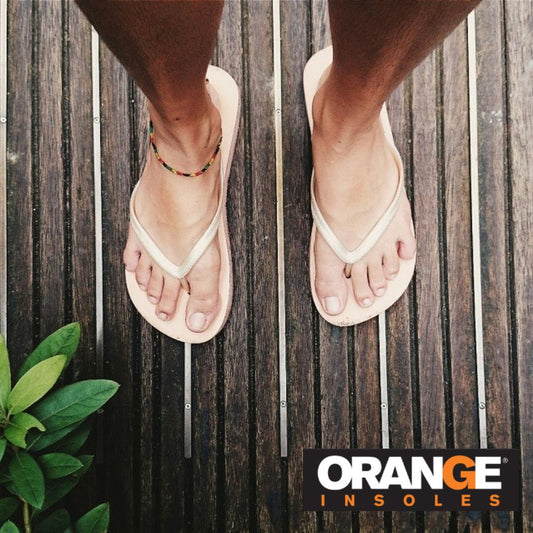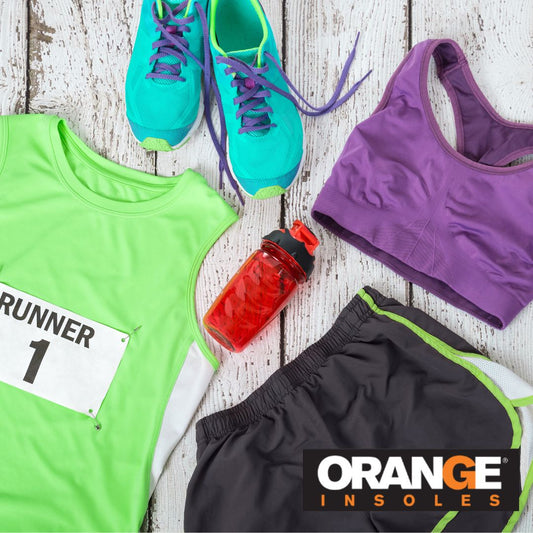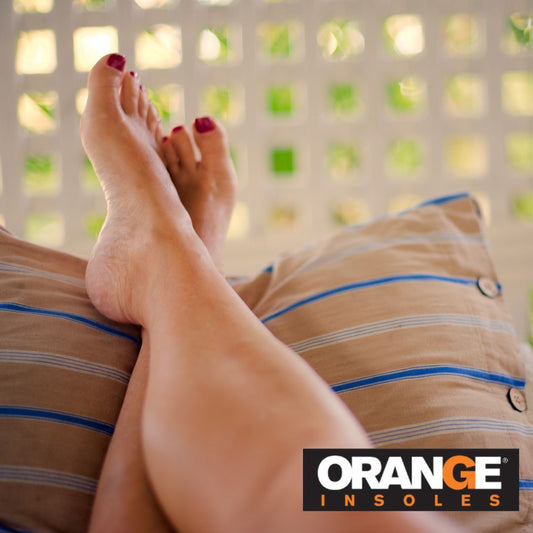Our bodies change as we get older, that’s a fact. We lose muscle mass, some flexibility, and this might make us give up on many physical activities. While we have to come to terms with the aging process, it doesn’t mean we should stop caring for our health!
Movement and stretching will help us stay active and agile but it’s important to remember that the stretches and exercises that helped us in our 20s probably won’t help (and might even hurt!) in our 60s. As we age, we need to adapt and use the stretches that will help us where we are and where our bodies are.
We’ll give you insight into how different stretches can meet different needs based on where we are in life.
The Benefits of Stretching
First, you need to know just how the simple practice of stretching can truly change your life. Stretching can reduce the risk of injuries by strengthening the muscle fibers and helping your joints reach their full range of motion. It’s most helpful to do it after workouts and on the daily so that your muscles recover quicker and benefit from the increased blood flow. Doing so will result in a whole lot less soreness afterward, too. More blood flow also means having a clearer mind and better energy throughout the day.
Static vs Dynamic Stretching
Static stretching is good for when your body might feel warmed up after a workout. They are done by holding a certain position for a specific amount of time to speed up recovery time. Dynamic stretching requires more movement and is considered a warmup for whatever activity you’re doing. Both kinds of stretching serve different purposes and can completely change how you feel after working out.
Best Stretches in your 20s
Aside from adolescence, your 20s are the time when you’re at peak performance. This is a great time for doing a high-energy team sport, cycling, or hiking. However, if you’re a young, healthy athlete, it’s easy to overlook working on your flexibility and stretching. Here are some great stretches you can take to target your major muscle groups while you’re young and active:
- Standing Quadriceps stretch. Stand and hold a wall near you. Grab your ankle and pull your foot back toward your bum so that your knee bends and your quads loosen up.
- Knees-to-chest. Lie down and bring your knees to your chest. Rock back and forth gently while making sure to keep your back snug against the ground.
- Medicine ball rotation. Hold a medicine ball at the abdominal level and keep your feet shoulder-width apart, your knees bent and your feet planted. Twist from side to side while exhaling after each twist
- Toe touches. Sit down with your legs together in front of you. Reach for your toes and hold for at least 30 seconds.
- Forward Lunge. Hold this position for at least 30 seconds and then switch legs.
- Triceps Stretch. Point your elbow up towards the ceiling dropping your hand down your back and grab your elbow with the other arm. Keep it in place for 30 seconds and remember to alternate arms.
- Trapezius stretch. Sit up straight in a chair. Slowly bend the head over to the left side as though trying to touch the ear to the shoulder. Place the left hand on the head and gently pull it down toward the shoulder for a deeper stretch. Hold the stretch for 20 seconds.
- Neck stretch. Without shrugging your shoulders, slowly lean one ear towards your shoulder, then alternate to the other side. Drop your chin towards your chest, then look up to the ceiling. Look over your shoulders as well.
- Pectoralis stretch. Find a corner of the room and brace your forearms on the wall at shoulder level. Lean into the corner with hips squared.
Best Stretches in your 30s, 40s and 50s
If you’re really active through your 30’s, 40’s and 50’s, the above stretches can be great before and after workouts. But, these decades, our working year, can be very sedentary, too (depending on our jobs). For those who have desk jobs, are on a computer a lot, or stand fairly still most of the day, here are stretches designed to help your muscles move freely:
- Thumb stretch. Extend your hand in front of you and keep your thumb pointed up. Fold your thumb into your palm and close the other fingers around it. Move your wrist up and down in this position while trying to get the most range of motion possible. Aim for 10 repetitions 3 x a day.
- Neck stretch. See above. This can be great if you end up sitting long hours at a computer and it’s affecting your posture.
- Toe touches. These are still great during this time of your life. Don’t neglect your hamstrings!
- Hip stretches. WebMD has a list of hip flexor exercises to release tension in the hips, the part of our body that is most impacted when we sit all day.
- Lumbar rotation. Keeping our lumbar spine active and flexible is hard when we sit or hunch all day but it can help us avoid lower back pain.
- Lumbar flexion. Lay on your back and pull your knees to your chest. Wrap your arms around your knees, pulling them close to your body, and lift your head off the ground, pulling your chin toward your knee. This stretch will feel really good after sitting all day or after doing the above stretches. Hold for 30 seconds.
Best stretches for after retirement
Life doesn’t stop after you stop working. This stage of life presents its own challenges and adventures...and you want to feel good enough to experience them! Sometimes, people of this age group are less active and may forgo both dynamic and static stretching. But these stretches are designed to help keep you healthy and independent...and are easy enough to even when your body doesn’t move like it used to.
- Yoga strap. Using a yoga strap or another kind of stretchy band to assist with stretching can be a great way to increase flexibility and maintain a healthy posture. These are some poses for beginners.
- Yoga or chair yoga. Yoga stretches are especially helpful for seniors who might have issues with balance, joint health, blood pressure, or anxiety. Doing these poses in a chair is a great way to stay safe and still experience the benefits of the stretches.
- Back stretch. Stand straight with hands on your hips. Gently arch backward and look up towards the ceiling. Be sure to lead with your head (think of a candy cane) rather than jerking in the lower back. Hold for 3 seconds and return to standing. This one is great for getting your blood pumping a bit too.
- Ankle rotation. Slowly warm up your ankles while sitting by rotating them. Ankles are essential for your balance as you age and can be impacted by arthritis. This simple stretch can help keep them strong.
- Seated hip stretch. Our hips need lots of love as we age. Sit down and gently pull up one leg over the other by leaving one ankle resting on your thigh or knee. Let your hips relax and hold for 20-30 seconds before alternating.
Luckily, many of these stretches can be applied to anyone of any age, but it’s good to know which will be the most beneficial (and safe) as your lifestyle and body change. Always consult a doctor if you have recurring pain that doesn’t resolve with stretching or time. Besides that, remember to stretch daily!






















